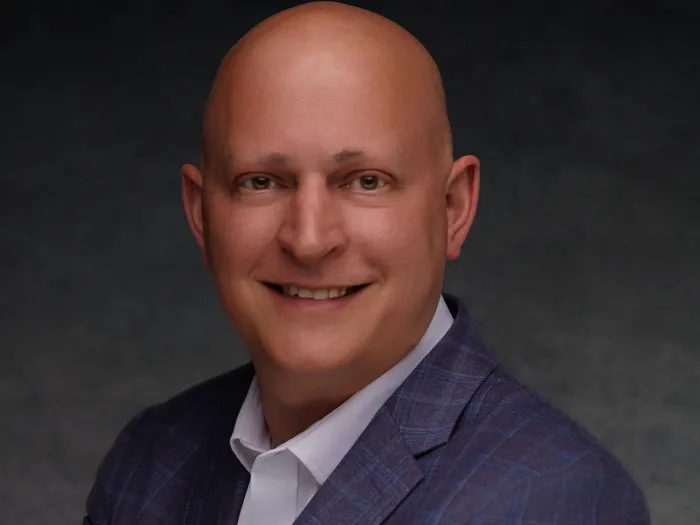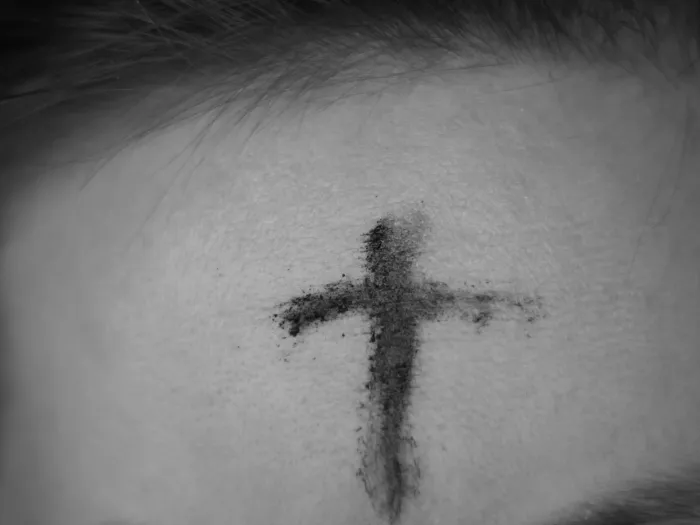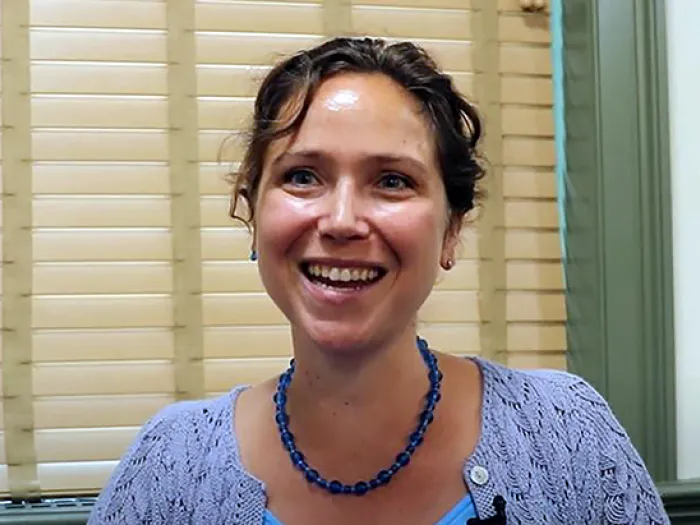‘For the love of basketball and faith’
New worshiping community finds its niche through play
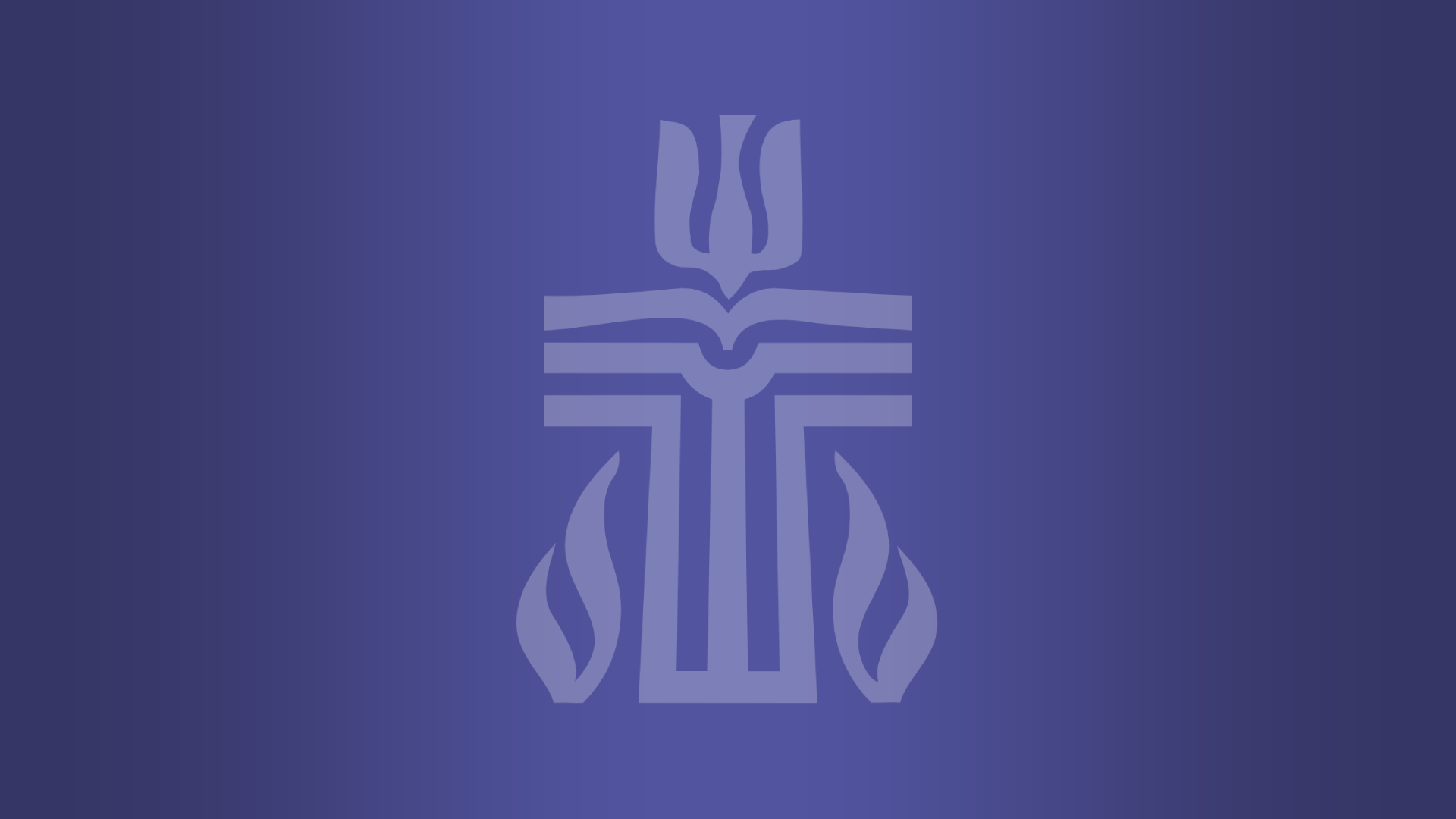
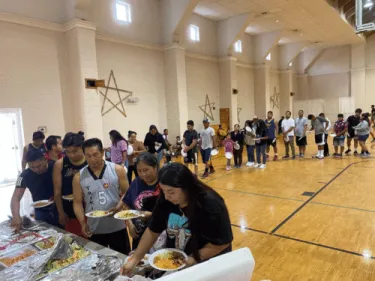
Over 2,000 miles from the mountains of Oaxaca, Mexico, a community of Indigenous immigrants gathers for community through sports. During a scroll on Facebook, Antonio Colón saw a group needing access to a playground and basketball court, and as the adage goes, the rest is history.
The ministry of Colón and Sandra Otero is centered on being present with the people. Originally from Latin America, they felt a calling to support the Hispanic and Latino community in their adopted home of Charleston, South Carolina. In 2017, they partnered with their presbytery to establish Misión Presbiteriana Mackay, named in honor of Dr. John A. Mackay, a prominent Christian leader and former president of Princeton Theological Seminary who was known for his dedication to missional ministry.
Through Misión Presbiteriana Mackay, Colón and Otero aim to address the needs of the community by fostering relationships and providing support that honors their cultural heritage. Their work emphasizes the importance of community engagement and the belief that ministry involves walking alongside people in their daily lives.
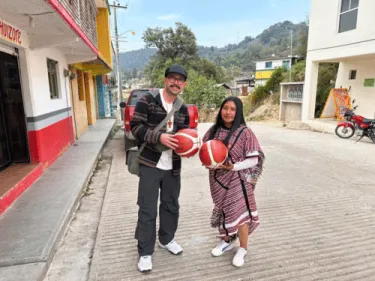
Colón and Otero have forged strong ties within Charleston’s Hispanic and Latino community, using basketball as a bridge to build relationships and establish trust. Their approach is rooted in the belief that true connection involves being present with people in their everyday lives, much like Jesus did.
Understanding the unique challenges faced by immigrants, they focus on meeting community members where they are, recognizing that many carry the weight of family ties to loved ones left behind. This awareness has led Misión Presbiteriana Mackay to extend its reach to Oaxaca, Mexico, where they are actively working to enhance education and foster community activities in one of the region's poorest areas. By addressing needs both locally and across borders, they emphasize the importance of family support.
The ministry’s efforts to support the community's daily life and family needs are central to its mission. Colón and Otero prioritize building relationships that foster trust and understanding, allowing them to effectively address the specific challenges faced by families in the Hispanic and Latino community.
They focus on providing resources that meet immediate needs, such as access to education, healthcare information, and assistance with navigating local services. By organizing community events and recreational activities, they create spaces where families can come together, strengthening their connections and providing a sense of belonging.
Furthermore, the ministry recognizes the importance of supporting not just those in Charleston but also their relatives in Mexico, emphasizing that caring for families extends beyond borders. Through collaborative efforts, they strive to improve overall well-being and ensure that community members feel supported in all aspects of their lives.
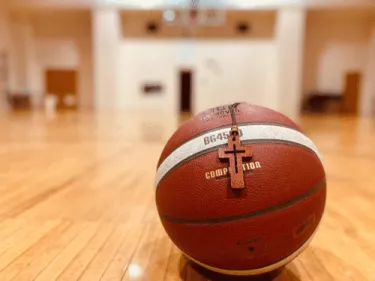
The ministry's goal is to embody the teachings of Jesus through their actions rather than merely through words. Colón and Otero emphasize that true ministry involves demonstrating love, compassion, and service in tangible ways. By actively engaging with the community, they aim to reflect Christ's presence in their daily interactions and support.
This approach fosters trust and builds authentic relationships, allowing them to effectively meet the needs of those they serve. They believe that by walking alongside people, addressing their challenges, and celebrating their strengths, they can share the message of Jesus in a meaningful and impactful way. Ultimately, their commitment to living out their faith through action underscores the belief that love is best expressed through service and community involvement.
About Indigenous Peoples’ Day
On Monday, states, cities and municipalities in the U.S. have taken steps to replace “Columbus Day” with what they believe to be a more just day of recognition for the Indigenous peoples of this land, now known as Indigenous Peoples’ Day. The idea is to recognize the Native populations displaced and decimated after Christopher Columbus landed on San Salvador in the Caribbean. The disease introduced to millions of Indigenous peoples brought death, destruction of their cultures, and enslavement.
For those and many other reasons, many states and communities have forgone what is seen as the devastating consequences of “Discovery” from 1492 and decided to officially observe Indigenous Peoples’ Day instead, to recognize the Native populations who were summarily pushed aside by the coming of European culture to their territories, which archeological evidence has shown Native people had occupied for thousands of years.
The term “Indigenous” peoples is a reference to the original inhabitants of a geographic region. The terms “Native American” and “American Indian” have been used to refer to the Indigenous peoples of the United States of America, though the term “Indian” originated because Columbus believed he had reached the Indian Ocean. The best reference would be to use specific tribal names. Indigenous peoples’ use of terms to describe their race is not one size fits all. Different tribes, regional language groups, and individuals have varying opinions about how they should be referred to.
Visit these websites to learn more about Indigenous peoples
- Native Knowledge 360° is run by the Smithsonian’s National Museum of the American Indian
- Unlearning Columbus Day myths is a resource published by the Smithsonian’s National Museum of the American Indian
- PBS’s Native American Heritage Collection is here. The site includes Indigenous art, history, and culture as told by historians, artists, students and scientists
- The Zinn Education Project believes in taking a more engaging and more honest look at the past. Look at its resources on Native American topics here.
You may freely reuse and distribute this article in its entirety for non-commercial purposes in any medium. Please include author attribution, photography credits, and a link to the original article. This work is licensed under a Creative Commons Attribution-NonCommercial-NoDeratives 4.0 International License.

